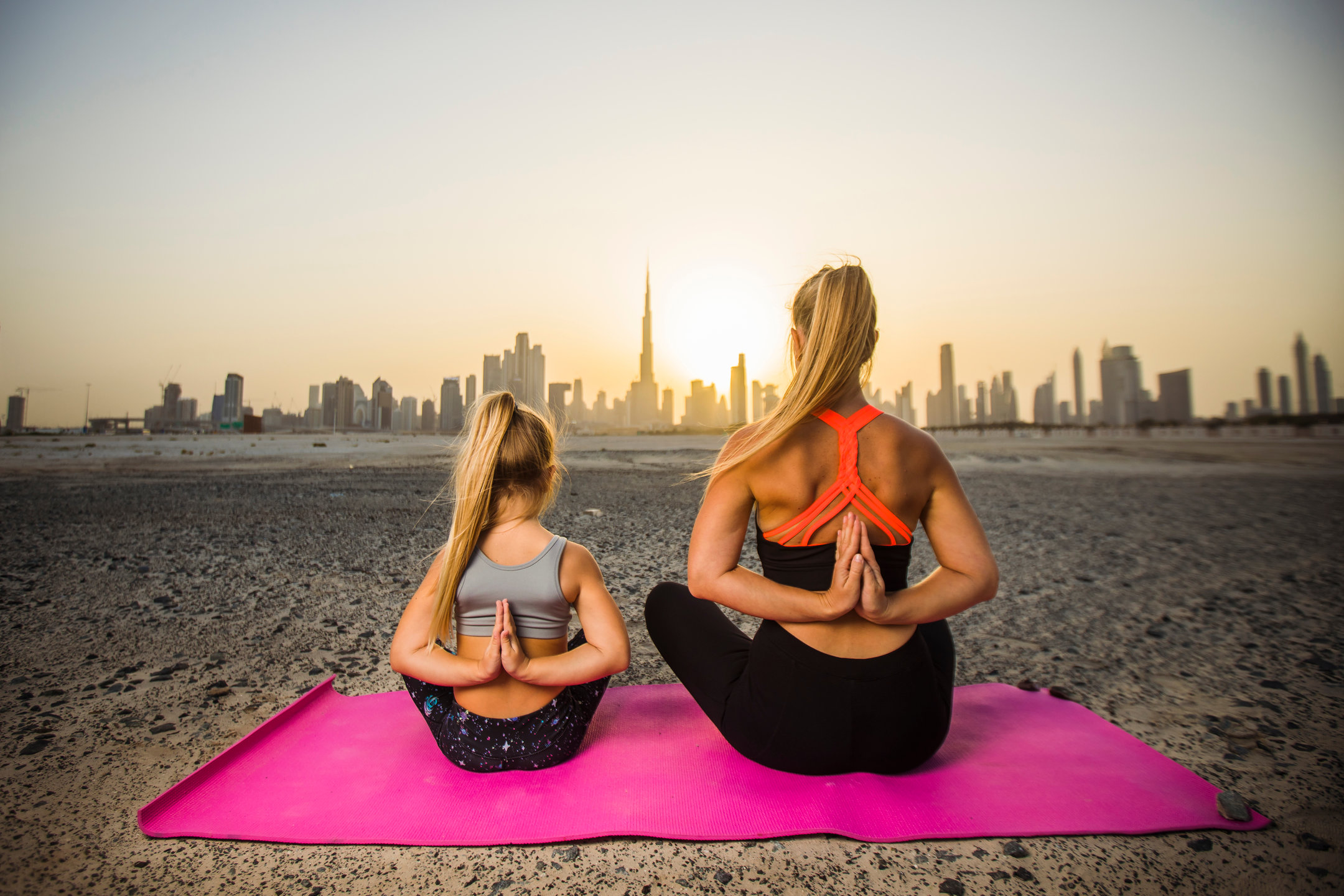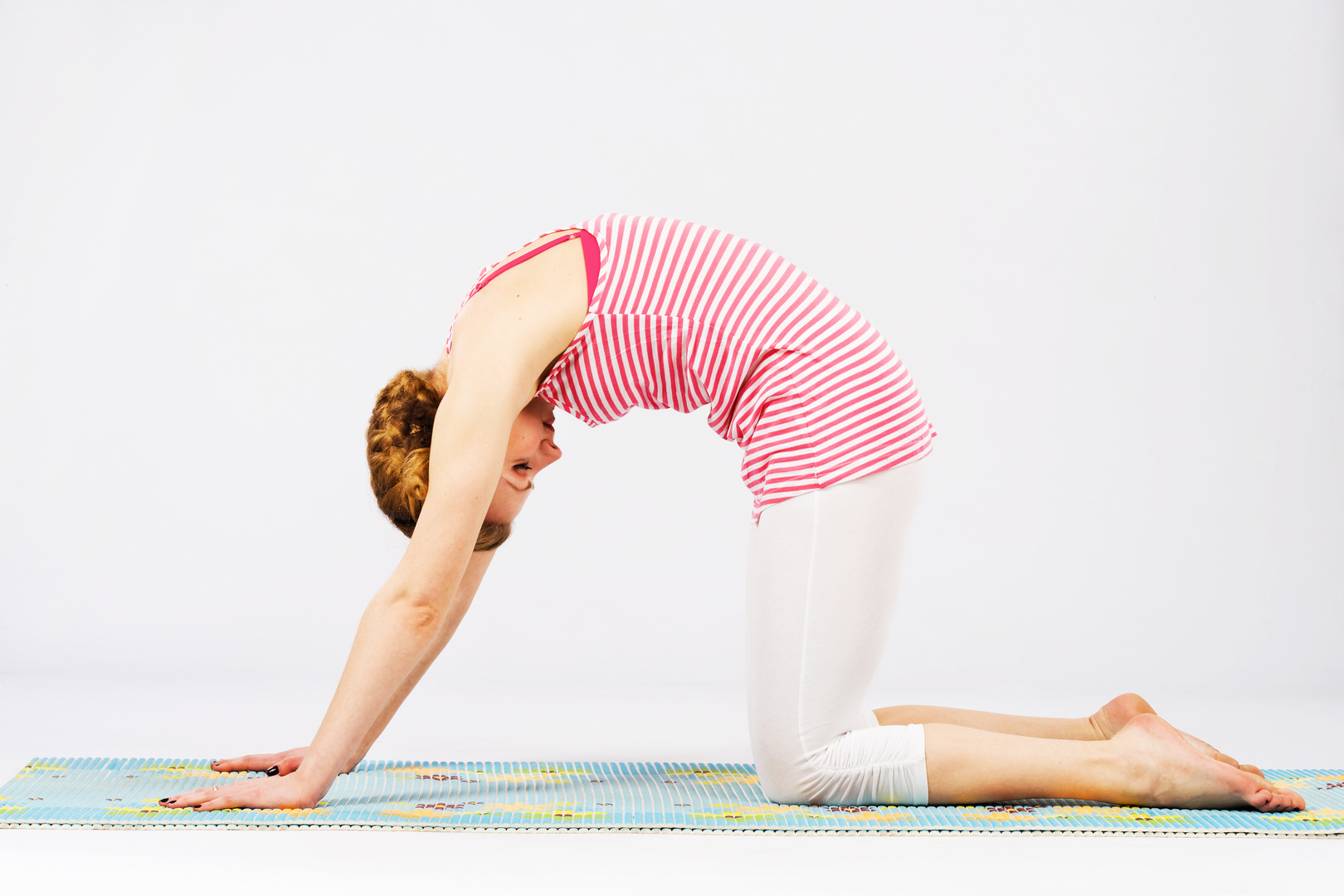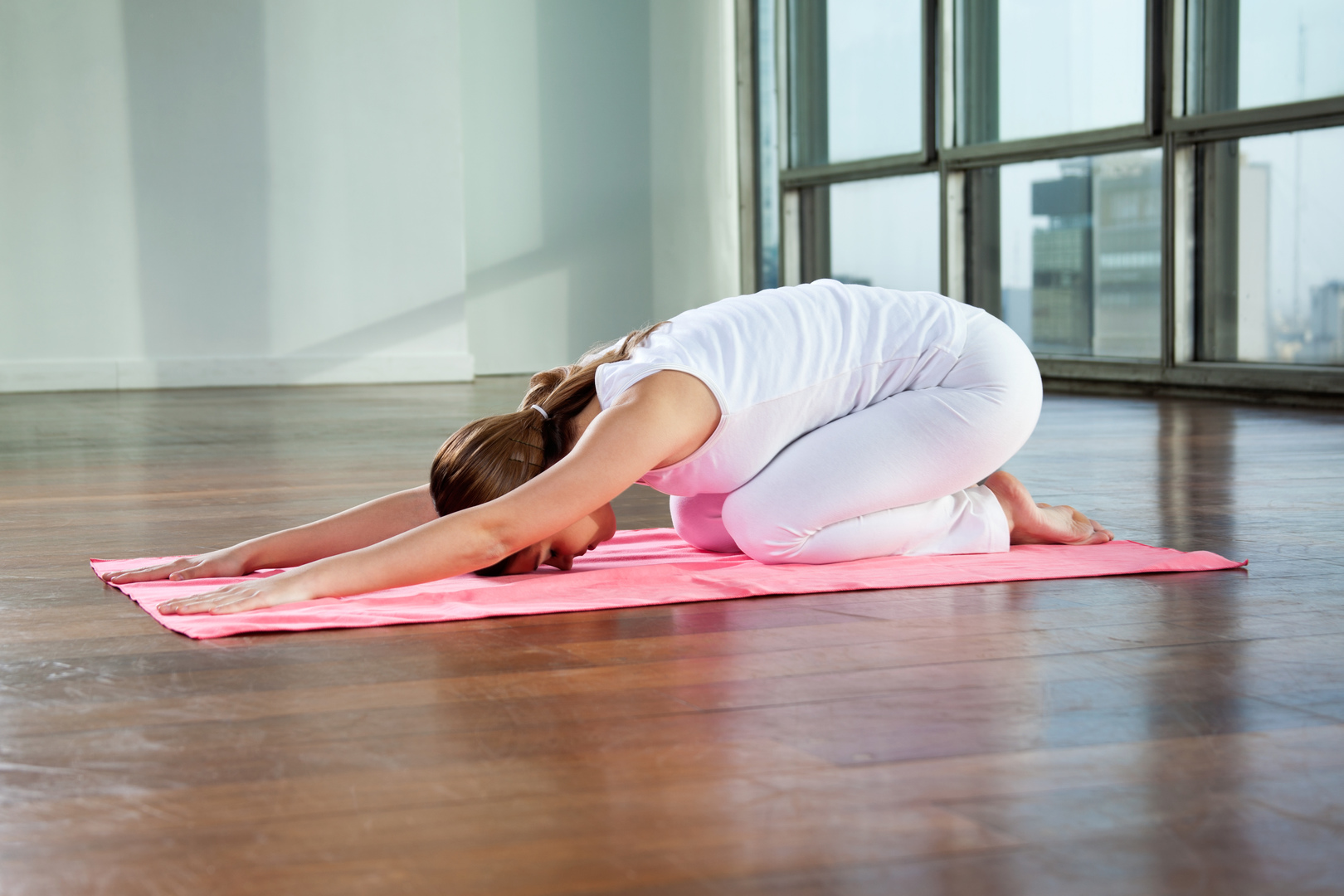Yoga has been practiced for 2000 years. It was discovered by Patanjali, known as the father of yoga.
Install MyStart Theme for Google Chrome
His yoga style has influenced modern yoga practices today.
Many centuries after Patanjali, many yogis designed a system created to prolong life and rejuvenate the body.
Yoga is a combination of meditation, breathing techniques, and physical poses. Improvement in fitness was never the primary goal of yoga; It was mental wellness. The focus was drawn towards fitness when it was introduced in the Western World in the 1920s and 30s.

There are various yoga types, and the most popular types practiced today are:
Ashtanga yoga
This yoga involves six postures linked to each other, and with every movement, you have to breathe.
Hot or Bikram Yoga
This type of yoga involves people practicing in heated rooms with 40 percent humidity and 105 degrees. It has 26 poses with two breathing exercises.
Hatha Yoga
This yoga practice involves any yoga with physical poses.
Power Yoga
This is more of an athletic type of practice and is based on ashtanga.
Benefits of Yoga in Relieving Anxiety
There are many benefits of yoga, but it is particularly helpful in managing anxiety and stress. Research has shown evidence of the effectiveness of practicing yoga in reducing anxiety, depression and stress. One study was conducted with women participating in a three-month yoga program. They reported significant improvements in the symptoms associated with anxiety and stress. Another study suggested that participants who took part in ten weeks yoga program also reported reduced anxiety and stress.

Yoga eases anxiety and stress by affecting both our body and mind. Physically, yoga induces relaxation and reduces heart rate. Psychologically, it helps with mindfulness by allowing us to focus on the present moment, calming our thoughts and worry about the future.
When we experience anxiety, our body is in a constant state of fight. The amygdala in our brain goes on high alert, which increases our heart rate and makes us hyperventilate. During the breathing exercises in yoga, our body can calm the state of panic. It activates the parasympathetic nervous system inducing a relaxation response.

Practicing yoga helps with several things, such as:
- Aids in relaxation
- Increases body awareness
- Reduces heart rate
- Lowers blood pressure
- Releases muscle tension
When it comes to the psychological benefits of yoga, it helps calm our negative thoughts. It helps with:
- Promoting compassionate dialogue in your head
- Providing space for positive thought patterns
- Aids in bringing our attention to the present moment
- Increases self-connection

Yoga Poses to Help with Anxiety and Stress
There are a few beginner-friendly poses that help with the symptoms of anxiety and stress.
Legs Up the Wall
When practicing this pose, the blood flow is reversed, which helps increase the lymphatic circulation while nourishing the mind and heart.
- Place your yoga mat against the wall and lie on the back. Your bottom should be against the wall.
Stretch your legs towards the sky and rest them on your wall. - You can keep your arms either on your side or rest them on your belly.
- Take slow, deliberate breaths.
Cat Pose
This pose is excellent for your spine and also the nervous system. It also works by inducing a relaxation response.
- Come to your knees and place your hands flat on the surface, making sure the wrists are beneath the shoulders and knees are beneath your hips.
- With every inhale, drop your belly down, raise your tail bone, bringing the shoulders back.
- When you exhale, pull your stomach inwards towards your spine and round your lower back. Release your head, so it’s pointing to the ground.
- Repeat this pose for at least 5 breaths.

Child’s Pose
This yoga pose supports your heart and opens up the back giving you a sense of comfort and release.
- Sit on the floor with your knees outstretch and heels beneath your buttocks.
- Bring a pillow, a folded blanket or a bolster inside both your knees vertically positioned.
- Stretch the arms over your head and fold over the bolster. When using blankets or pillows, you need more than one to be at a more comfortable height. Rest your hands on either side of your prop or bolster and keep your elbows pointed outwards. Relax the shoulder blades and then breathe in and out. Practice this pose for a couple of minutes and slowly come up. You will feel much calmer and relaxed than before.

Install MyStart Theme for Google Chrome










